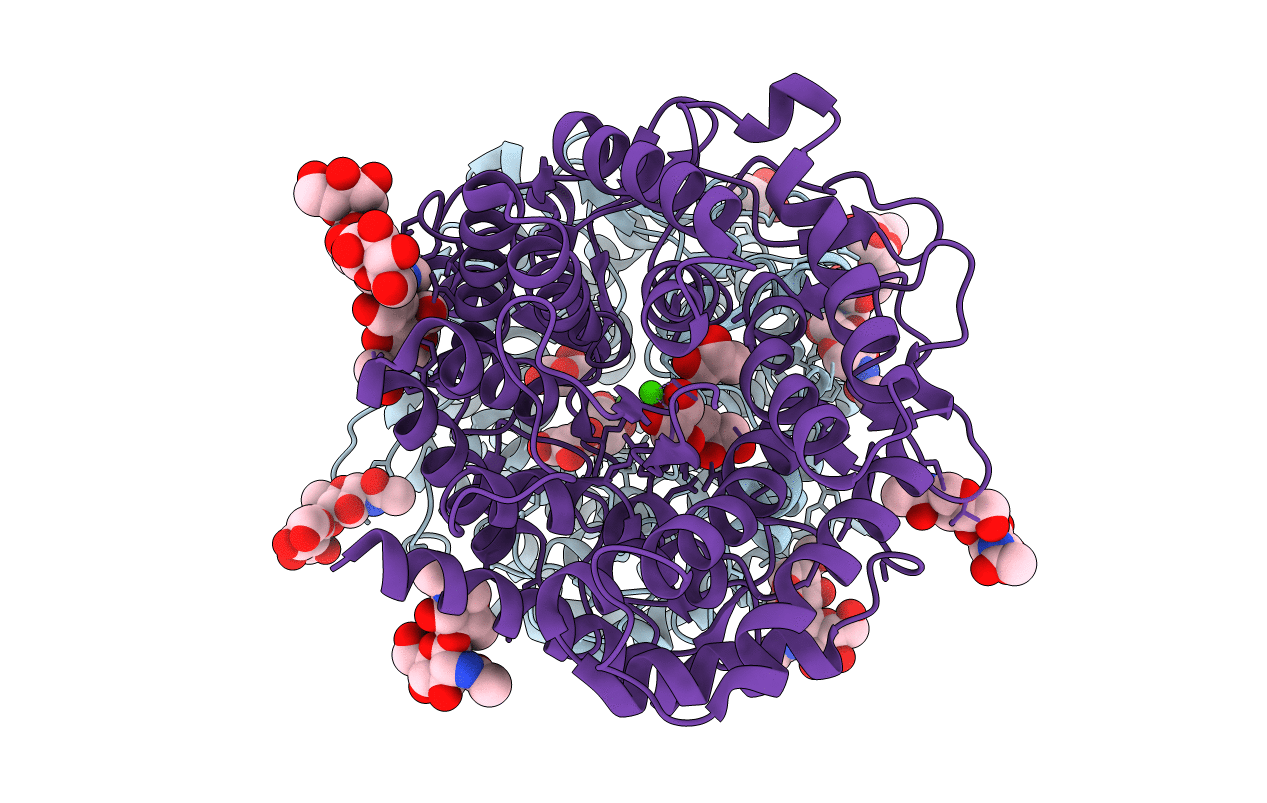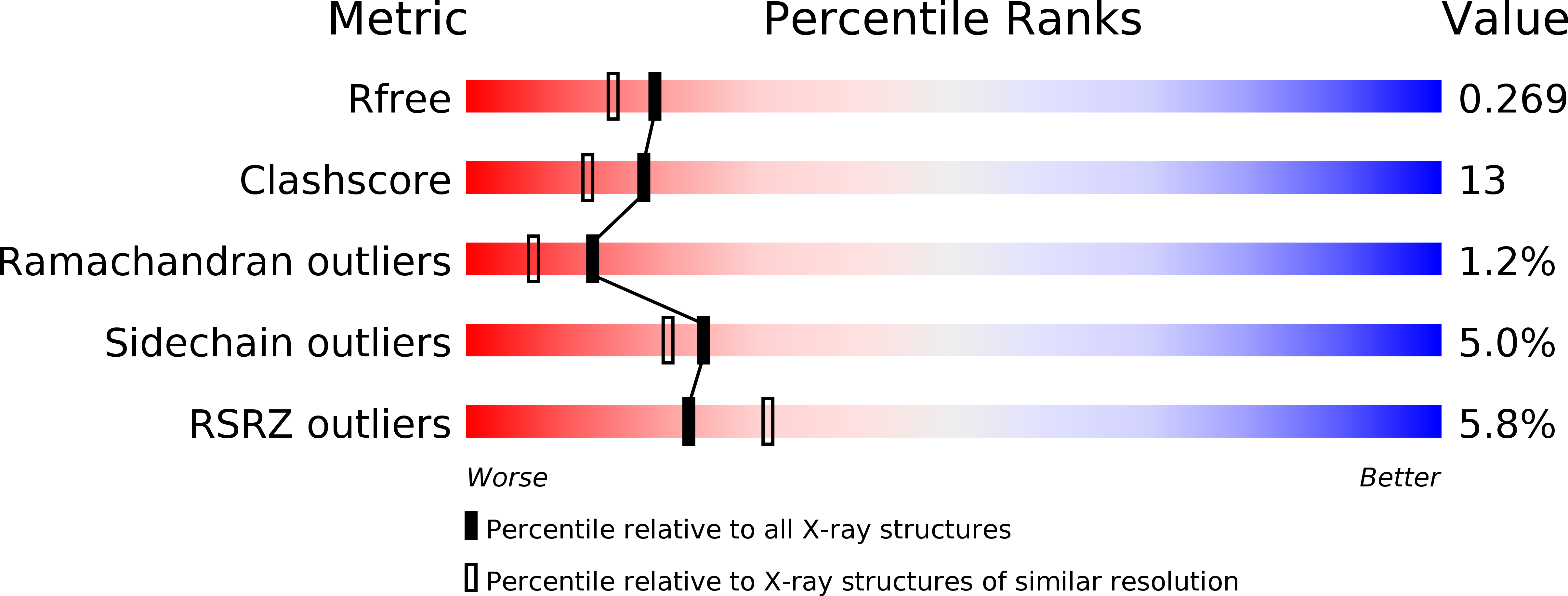
Deposition Date
2007-10-10
Release Date
2008-03-25
Last Version Date
2024-11-13
Entry Detail
PDB ID:
2RI8
Keywords:
Title:
Penicillium citrinum alpha-1,2-mannosidase complex with glycerol
Biological Source:
Source Organism:
Penicillium citrinum (Taxon ID: 5077)
Host Organism:
Method Details:
Experimental Method:
Resolution:
2.16 Å
R-Value Free:
0.27
R-Value Work:
0.20
R-Value Observed:
0.20
Space Group:
P 1 21 1


